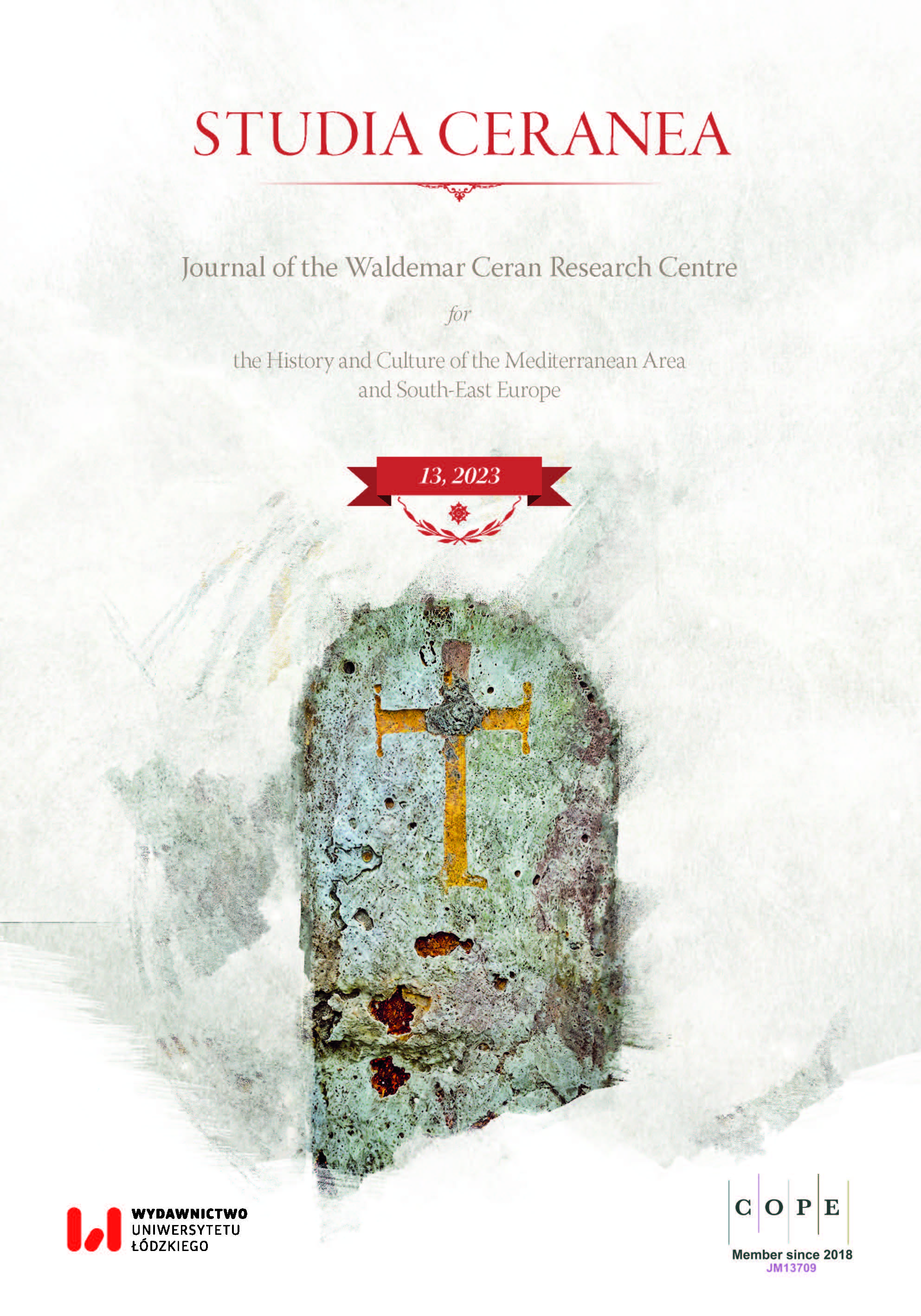Translating the Slavonic Present Participles in the Early Romanian Psalters (16th Century)
Translating the Slavonic Present Participles in the Early Romanian Psalters (16th Century)
Author(s): Ion-Mihai FeleaSubject(s): Theology and Religion, 16th Century, Translation Studies
Published by: Wydawnictwo Uniwersytetu Łódzkiego
Keywords: Psalter; Present Participle; Church Slavonic; Old Romanian; 16th century; translation
Summary/Abstract: It is often said that early Romanian biblical translations from Church Slavonic follow the source texts slavishly. This is believed to be especially true about the 16th century Romanian Psalters, a group of seven texts (both printed and hand-copied) descending from a single translation. Indeed, these texts stay close to their Church Slavonic originals in topic, lexical content, and orthographical rules. However, we aim to describe how the 16th century translators and redactors dealt with Church Slavonic structures that could not be easily adapted into Romanian by means of formal equivalence. The Slavonic present participle, which appears plenty in the Slavonic Psalter, was chosen as litmus test. While theoretically having a formal correspondent in Old Romanian (the gerund), the Slavonic present participle has a range of uses and meanings that the Old Romanian gerund lacks. Thus, Romanian scribes must depart from the comfort of formal equivalence that calques and loans provide and choose the translation that convey meaning. The dynamic equivalence is obtained by selecting different solutions: gerunds, adjectives, objects and, most often, clauses, especially relative ones. Rendering participles with clauses (i.e. adjectives with verbs) forces the translator to make decisions going beyond the Slavonic participle itself. The analysis shows a tension between betraying the Slavonic text as little as possible and rendering it to the best of the redactor’s ability.
- Issue Year: 2023
- Issue No: 13
- Page Range: 287-319
- Page Count: 33
- Language: English

